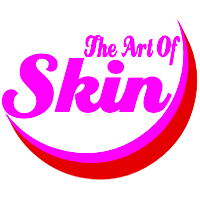Poison ivy symptoms almost always include an itchy skin rash, redness and swelling and blisters. The rash is caused by an allergic reaction to an oily resin in the leaves called urushiol.
Similar Services
Hives
Hives are bumps that can pop up on your skin when you’ve been exposed to something you’re allergic to or that bothers your body. Your own sweat, cold, sunlight or the light pressure of a purse strap can cause hives; this is called inducible hives. It only develops when something that causes hives for you touches the skin.
Most hives are very itchy; they can be as small as a pinhead or several inches across. They may appear alone or in a group, and some join together to form large patches called plaques. They’re usually harmless and temporary. A single hive can last anywhere from a few minutes to a few hours; most clear within 24 hours. If new hives continue to appear for six weeks or longer, you likely have a condition called chronic inducible hives.
Some people develop swelling deep in their skin or the moist tissue that lines the mouth/lip, eyelids or other areas. This is called angioedema and is usually harmless. Yet it can be life-threatening if it causes swelling in your mouth or throat, problems breathing or racing heart.
Allergic Contact Dermatitis
Allergic contact dermatitis is a type of eczema that causes itchy, red, irritated skin. Its first sign is often itchy skin, followed by a rash and possibly blisters. You can get allergic contact dermatitis when things you touch, or that touch you, annoy or irritate your skin. Did you know that more than 15,000 things that touch our skin can cause an allergic reaction—including fragrances and nickel?
In some cases, people get contact dermatitis when the sun hits their skin. The American Academy of Dermatology gives this example: a bartender may squeeze lemons and limes while indoors and never develop a rash. However, when they squeeze lemons and limes outdoors on a sunny day, a painful rash and large blisters develop where the sunlight hits the skin coated with juices.
Contact dermatitis is not contagious.
Let’s connect.
Have questions? Want to schedule an appointment? Simply complete the form and we’ll get back to you within 24 hours.
